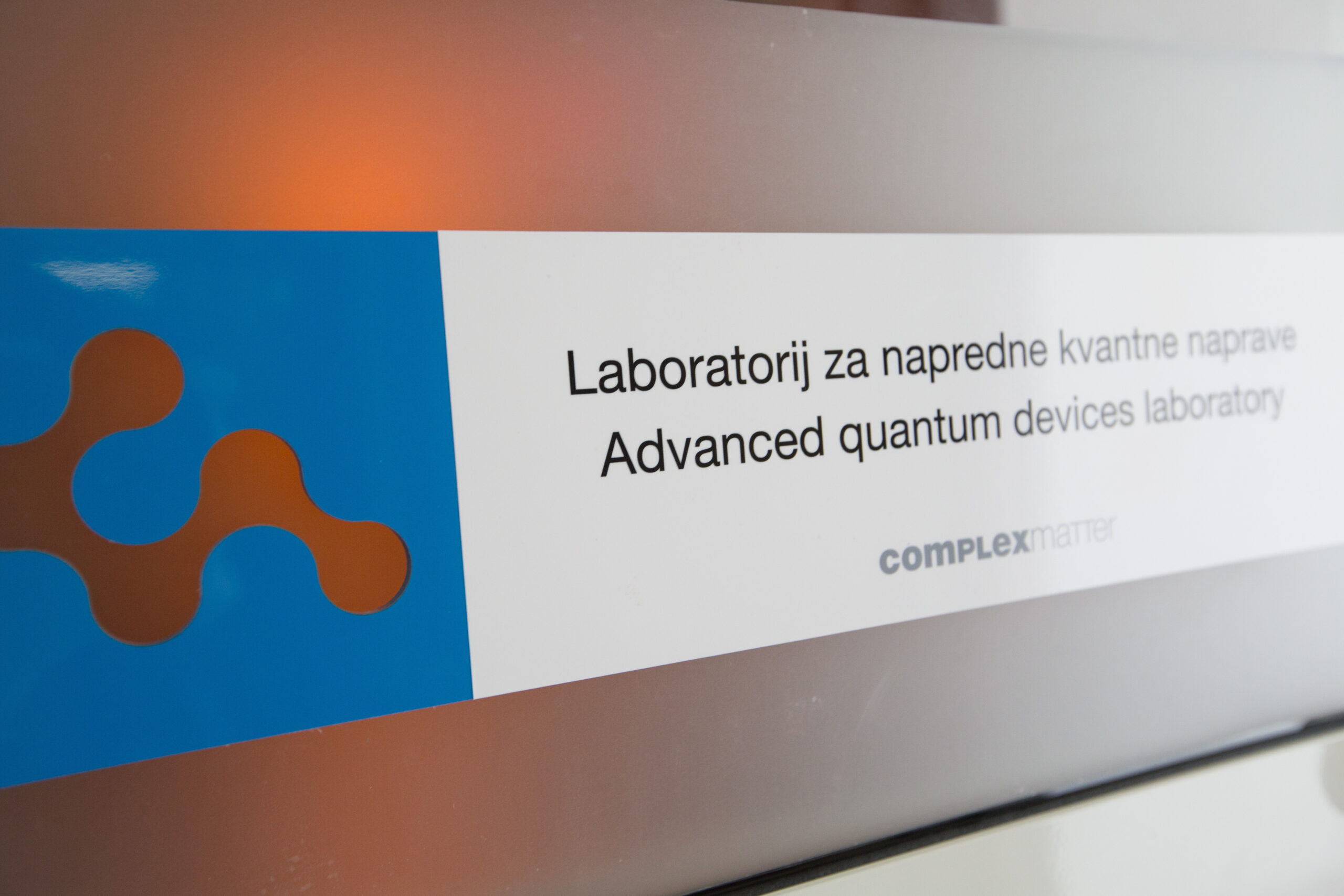Physicists from the Jožef Stefan Institute and Brookhaven National Laboratory (USA) describe an experiment, which for the first time reports the existence of individual polarons at very high temperatures in a crystal of TaS2. They are able to detect the displacements of ions surrounding individual electrons as they move around in the crystal at very high temperatures on ultrashort timescales of 10⁻¹² seconds. Furthermore, as the temperature is reduced, they are able to follow their condensation into polaronic crystal states which retain the signature of individual polarons. At low temperatures, the resulting state is superconducting, but forms a quantum spin liquid at intermediate temperatures, whose signature is identified by symmetry of the polaronic lattice displacements. The work has wide implication in many areas of physics, while the pioneering method opens the way to the search of polarons in other important materials. The present material is known for its very interesting properties reported in numerous recent Science and Nature articles. The work was published in Nature Communications.
You can read the article here: https://www.nature.com/articles/s41467-023-42631-6

